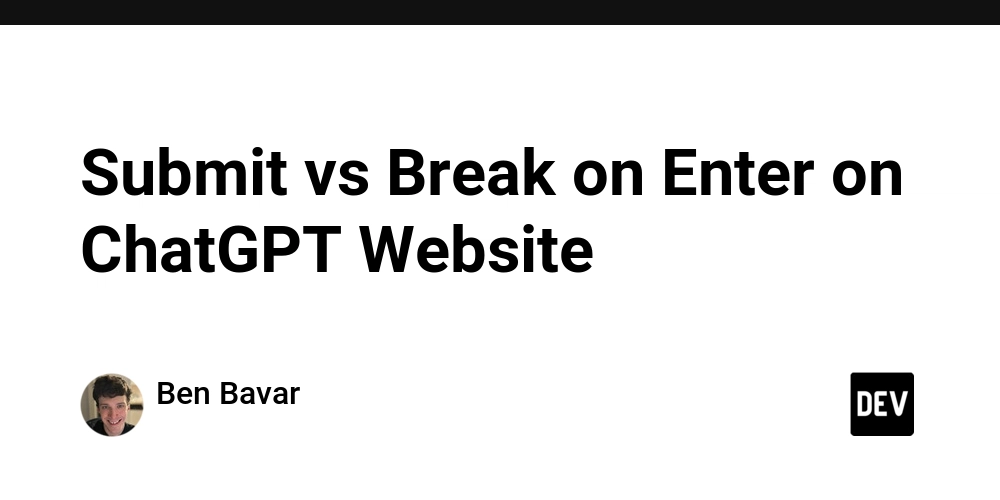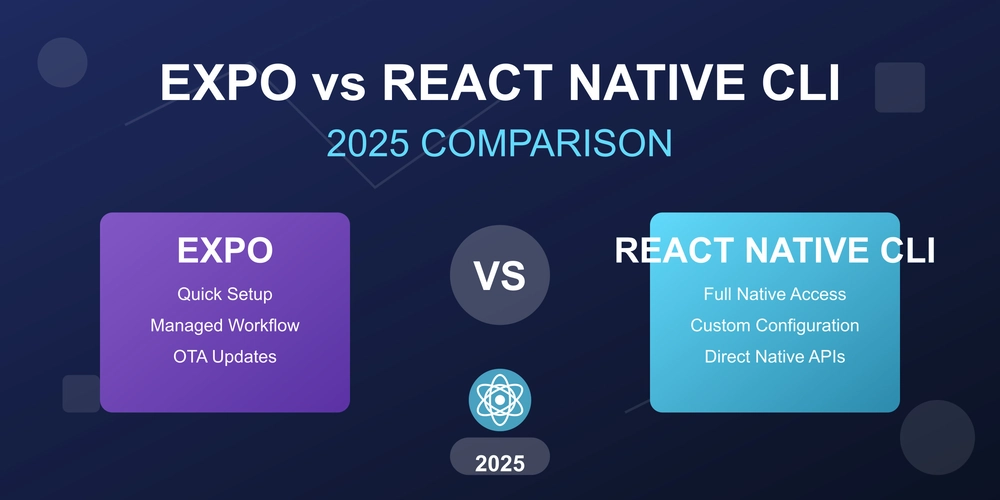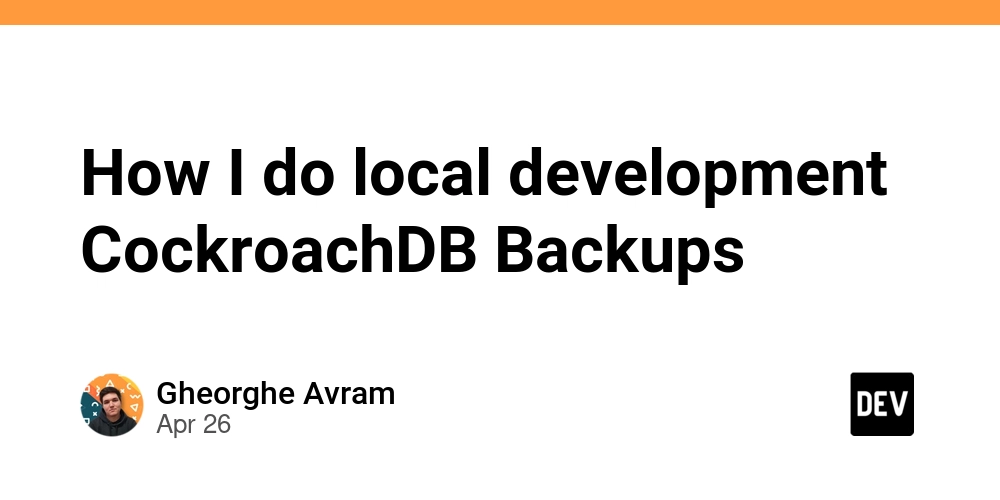
Spotting Fake AI: How to Verify LLMs in Decentralized Networks
Want to ensure your AI is legit? Dive into how statistical analysis can verify large language models (LLMs) in decentralized networks, keeping users safe from imposters.
This article explores a novel approach to verifying LLMs running on decentralized networks like Gaia, ensuring they are what they claim to be. Forget complex cryptography; discover how simple statistical analysis combined with economic incentives can keep AI honest.
The Challenge: LLM Verification in a Decentralized World
Decentralized AI networks bring benefits like privacy, lower costs, and faster response times. However, it also introduces the risk of nodes misrepresenting which LLM they’re running.
Imagine an AI service claiming to be a powerful Llama model but secretly using something weaker. How can you trust the results? With potentially thousands of nodes operating simultaneously, a reliable detection mechanism is crucial to penalize dishonest participants and ensure a trustworthy network. This is where statistical analysis comes in.
Why Traditional Verification Methods Fail
Traditional cryptographic methods like Zero-Knowledge Proofs (ZKP) and Trusted Execution Environments (TEE) have limitations:
- Zero-Knowledge Proofs (ZKP): Require custom engineering for each LLM, are incredibly slow (100x slower than inference), and demand massive memory.
- Trusted Execution Environments (TEE): Reduce CPU performance significantly, have limited GPU support, and can't guarantee the verified model is actually used for serving requests.
Cryptoeconomic mechanisms are more promising. So how do you use statistical analysis to figure out nodes using different LLMs?
The Statistical Detection Hypothesis: Deciphering Answer Patterns to Find AI Fakes
The core idea is simple: Honest nodes running the same LLM should produce similar answers to the same questions, forming "clusters" of responses. Think of it like a group of students studying the same textbook - they should answer the same questions similarly. Outliers, those with significantly different answers, are likely running different models or using different knowledge bases. The key steps:
- Send the same questions to all nodes in a domain.
- Analyze answer distributions.
- Convert answers into vectors (embeddings) representing their semantic meaning.
- Measure consistency within each node's answers.
- Compare distances between answer clusters to identify outliers.
This quantitative comparison allows the network to identify statistical patterns that can distinguish between different Large language models and knowledge bases.
Real-World Experiments: Putting the Hypothesis to the Test
Here's how the research tested its hypothesis:
Experiment 1: Distinguishing Between LLM Models
- Three Gaia nodes were setup using Llama 3.1 8b, Gemma 2 9b, and Gemma 2 27b.
- Each model was queried with 20 factual questions repeated 25 times.
- The goal was to see if the models' responses showed distinguishable outputs.
Experiment 2: Distinguishing Between Knowledge Bases
- Two Gaia nodes were configured with identical LLMs (Gemma-2-9b) but one with Paris knowledge database and another with one for London.
- Each knowledge base was queried with 20 questions on London and Paris, repeated 25 times to get 500 responses per knowledge base.
- Responses were embedded using the gte-Qwen2-1.5B-instruct model.
LLMs Have Speech Patterns: How Response Patterns Reveal AI Identity
The results were striking.
- Gemma-2-27b had the highest consistency, a sign the model's response is more reliable than a different LLM with the same question. Llama-3.1-8b showed the highest variation.
- Distances between model pairs were significantly larger (32-65x) than variations within a single model.
This proved that different Large Language Models produce reliably distinguishable outputs, and thus can be identified through statistical analysis.
Knowledge is Key: Knowledge Bases Leave Distinct Fingerprints on LLM Outputs
The second experiment dug into the role of knowledge. Key Takeaways:
- Even with identical LLMs, different knowledge bases created statistically distinguishable response patterns.
- Distances between knowledge base pairs were 5-26x larger than variations within a single knowledge base.
These results highlighted that models with different knowledge bases produce reliably distinguishable outputs.
Important Considerations: What Affects LLM Identification?
Several things influenced the effectiveness of statistical verification:
- Models from the same family are more similar.
- Different knowledge bases produce more similar answers than do totally different LLMs.
- Some questions are more effective for differentiation than others.
Further research is needed to understand the impact of hardware variations, load conditions, and LLM updates on verification reliability.
The AVS Design: Implementing Verification in a Decentralized Network
Based on findings, the researchers propose an Active Verification System (AVS) for the Gaia network with rewards and penalties for good or poor AVS status.
The Future is Trustworthy: Statistical Verification for Decentralized AI
Statistical analysis of LLM outputs can reliably identify the underlying model and knowledge base. This enables decentralized AI networks to verify model identity and detect sneaky nodes as potential bad actors.
By combining statistical verification with cryptoeconomic incentives, we can maintain quality and trust without expensive cryptography or specialized hardware. Embrace the benefits of local inference: privacy, cost-effectiveness, speed, and availability—while ensuring users get the specific model capabilities they expect.























